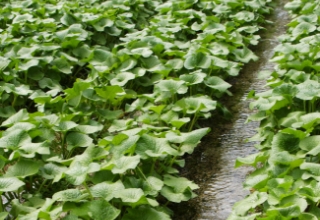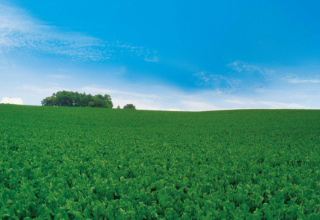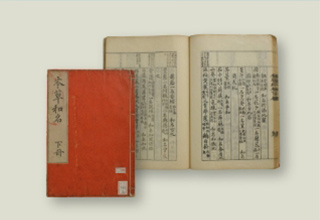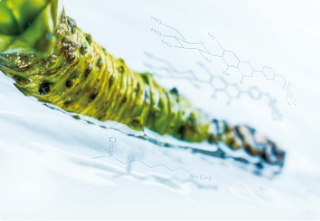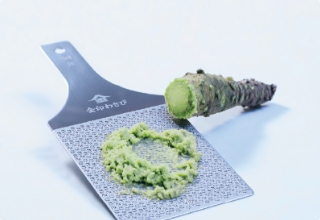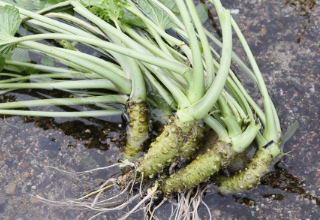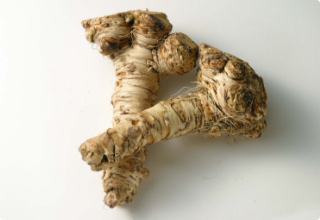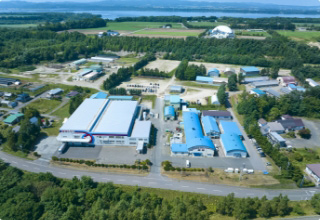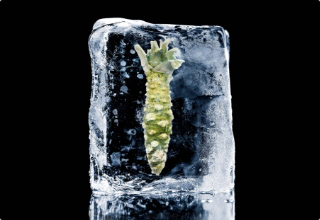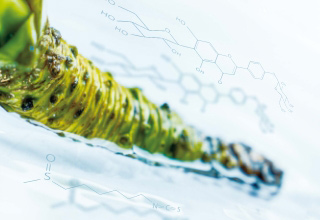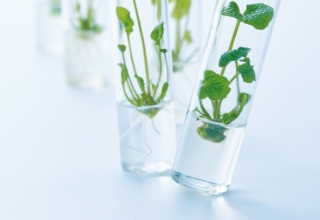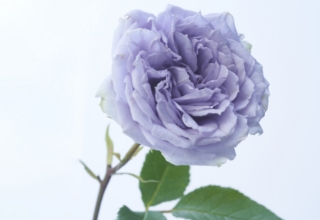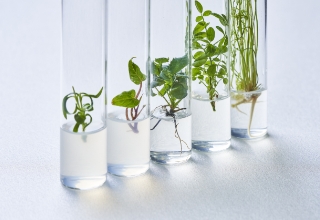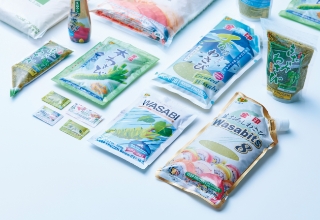- Top Page
- What is Horseradish?
What is Horseradish?
A perennial plant native to Europe, introduced to Japan in the early Meiji era.
It is about 1.5 times spicier than wasabi and is commonly used as an ingredient in powdered and tube-type processed wasabi.
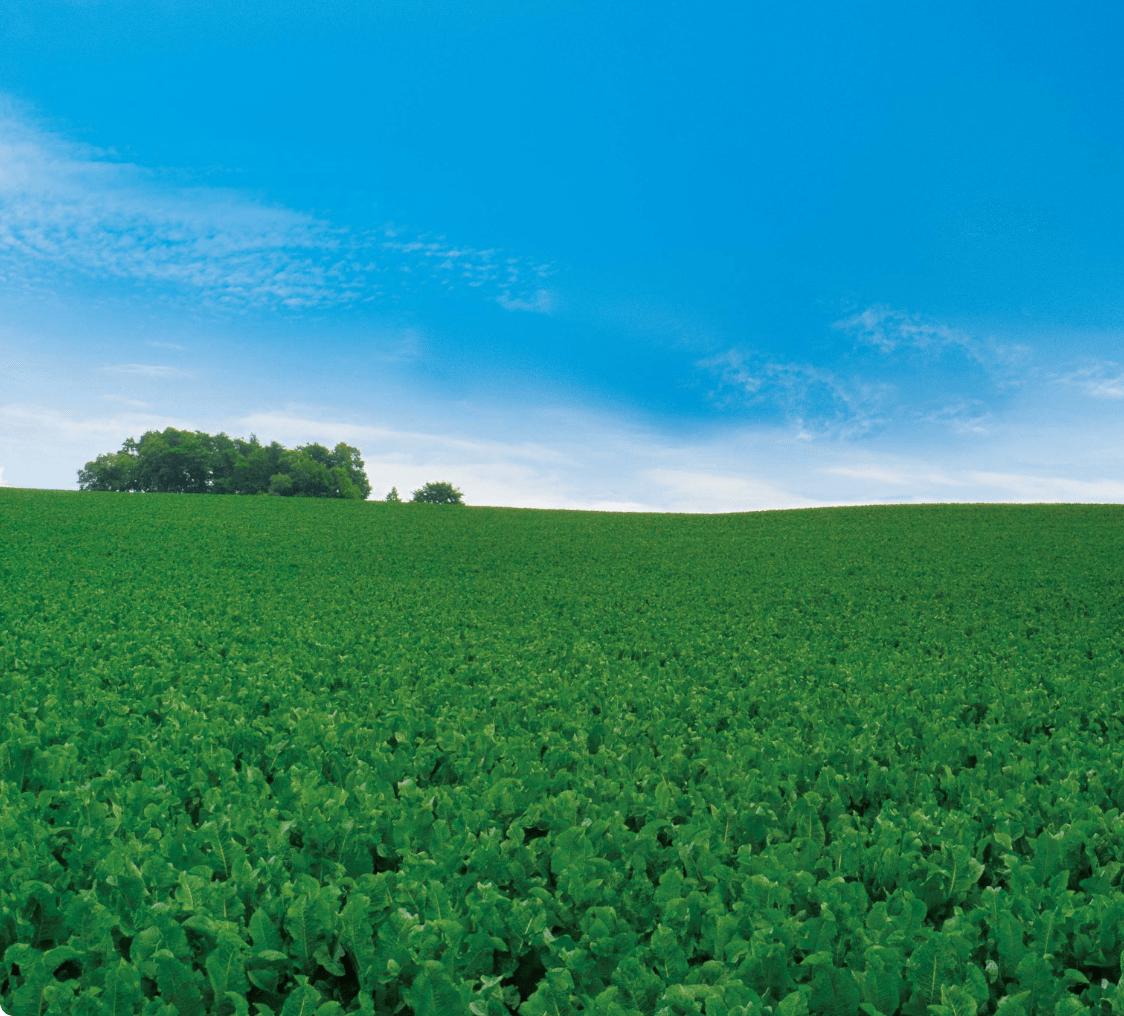
-
What is Horseradish?
Armoracia rusticana
Horseradish is the perennial plant from the Brassicaceae family, native to Europe. It is known as horseradish, raifort in French, and yama-wasabi in Hokkaido. It was introduced to Japan in the early Meiji period and is commonly used in Western cuisine as a condiment for roast beef and as an ingredient in sauces. It is about 1.5 times spicier than wasabi and is commonly used as an ingredient in powdered and tube-type processed wasabi. -
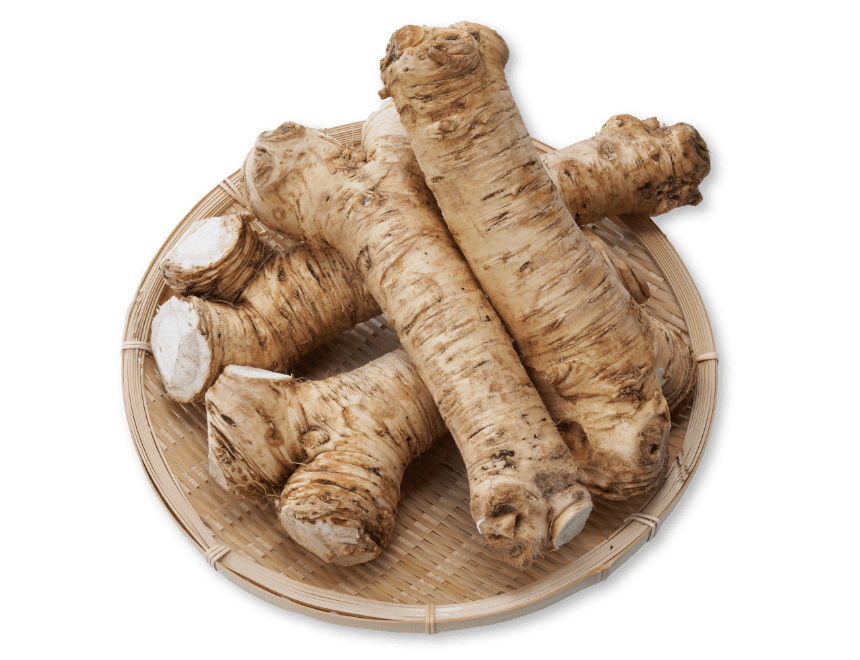
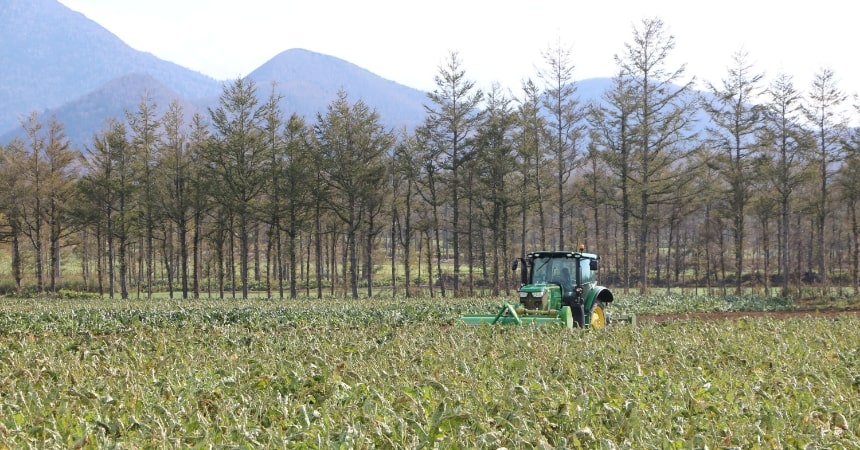
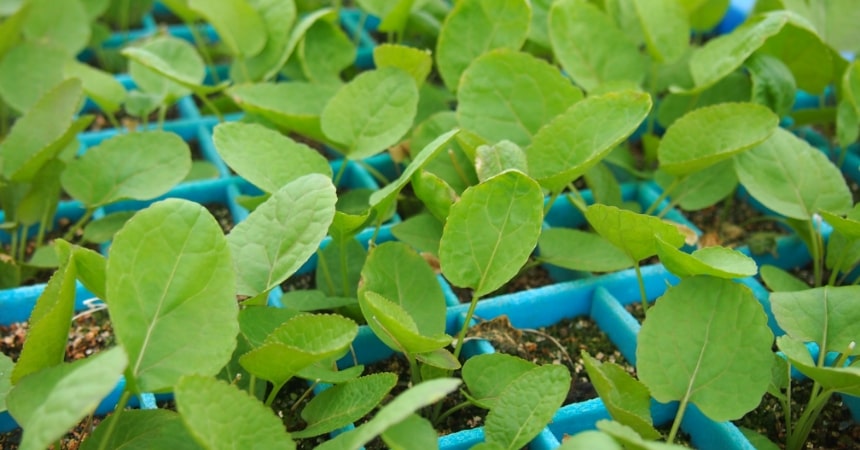
Horseradish Origins and History
-
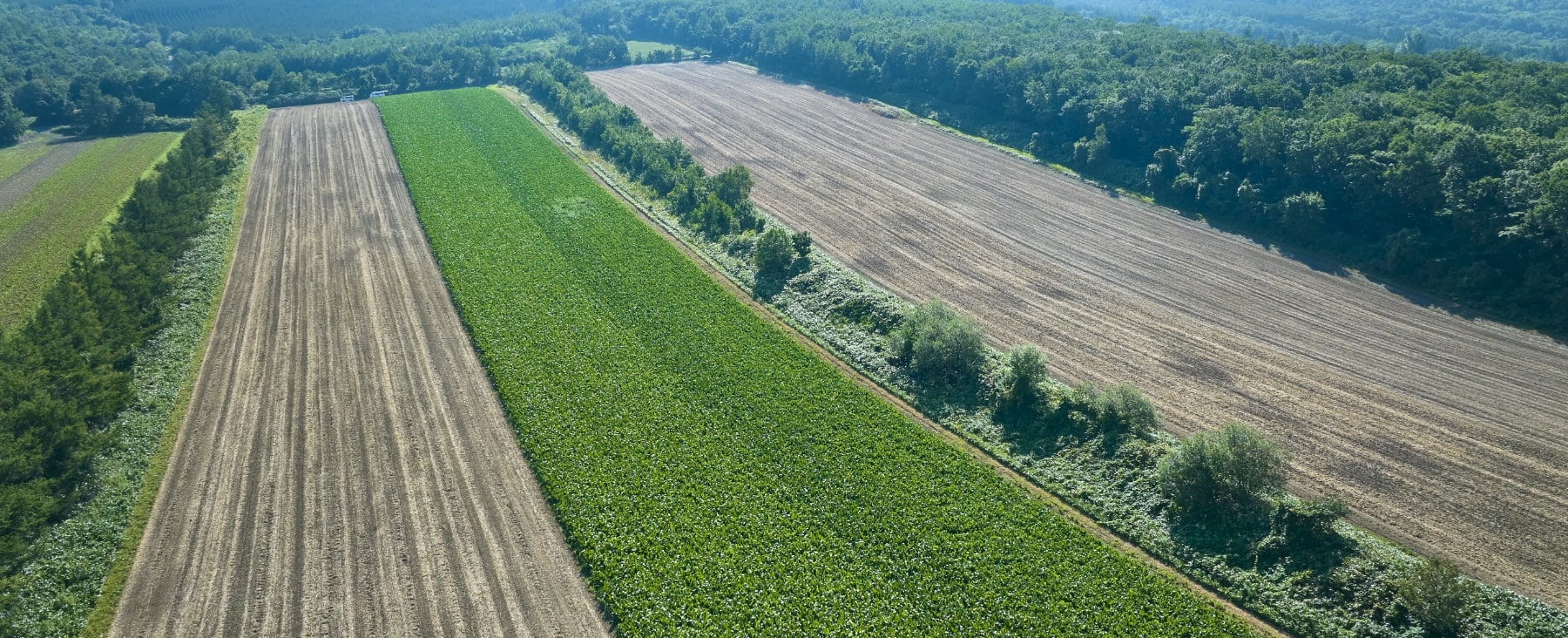
-
Production Areas
In Japan, horseradish was previously grown in Nagano, Saitama, and Hokkaido as a raw ingredient for processed wasabi, but today Hokkaido is the primary production area. Most of the horseradish used in Japan is for processed wasabi, with the majority of the raw material being imported from China.
-
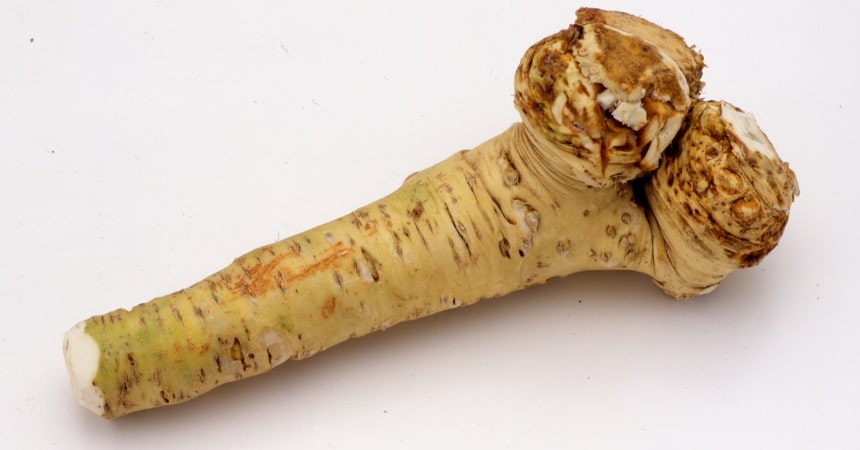
-
History
Horseradish has been used since ancient Greece, and by the first century, it was reportedly used as a spice in the Roman Empire. By the 13th century, it was used in Germany as a sauce for fish and meat dishes, later spreading to England, where it rapidly gained popularity.
-
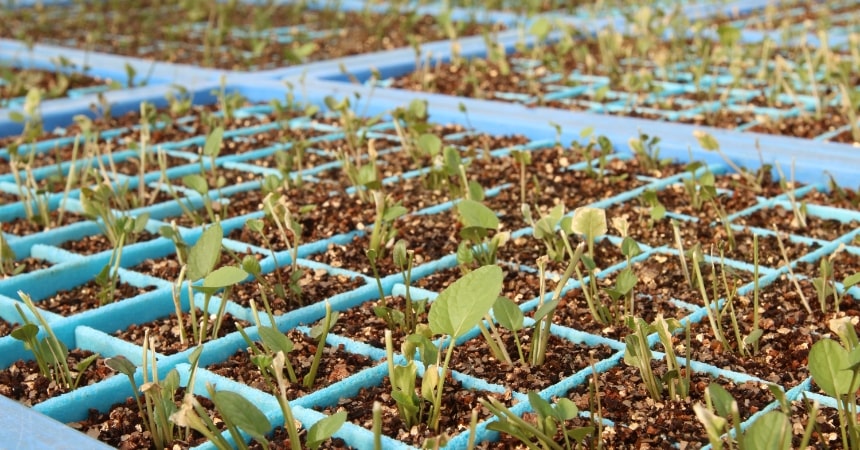
-
Cultivation
Horseradish rarely produces seeds and is propagated through its roots. In Hokkaido, Japan's main production area for horseradish, planting takes place around May, and harvesting occurs between October and November. Hokkaido's climate closely resembles that of the birthplace of horseradish, Europe, making it an ideal location for cultivation.


